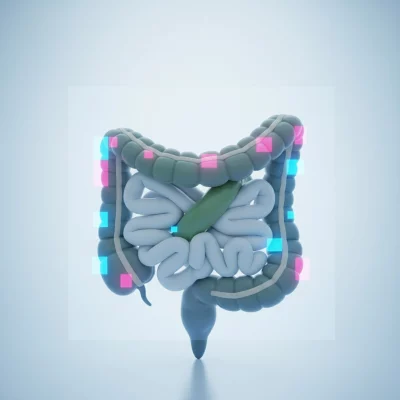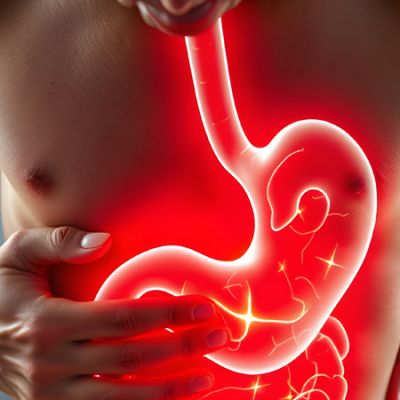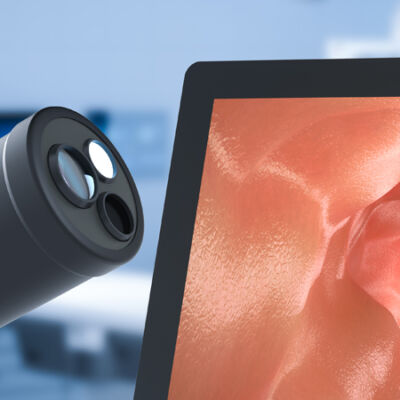fibroscopy
fibroscopy
Fibroscopy, also known as an endoscopy or a gastrointestinal (GI) exam, is a medical procedure used to examine the inside of the digestive system. It involves using a thin, flexible tube with a light and camera at the end called an endoscope to visually inspect the esophagus, stomach, and upper part of the small intestine. Fibroscopy is commonly performed to diagnose various conditions such as ulcers, inflammation, tumors, and bleeding in the digestive tract. It can also be used to retrieve tissue samples for further testing or to perform certain treatments. During the procedure, patients are given a sedative to help them relax and make them more comfortable. The endoscope is inserted through either the mouth or nose and slowly guided down into the digestive system. As the endoscope moves through the organs, the doctor can see real-time images on a monitor and take pictures if necessary. The exam typically takes between 15 to 30 minutes, depending on the reason for the procedure and any additional tests or treatments that need to be performed. After the exam, patients may experience some mild discomfort in their throat or stomach, but this usually resolves within a day or two. It is important to follow any instructions given by your doctor before and after the exam. This may include restricting food and drink beforehand or taking medication to prepare your digestive tract for the procedure. It is also recommended to have someone available to drive you home afterwards, as you may still feel drowsy from the sedative. Although the thought of an endoscopy may seem intimidating, it is a routine and safe procedure that allows doctors to accurately diagnose and treat a variety of conditions. With advancements in technology, such as the use of cameras on the endoscope, doctors are able to visualize your internal organs and take images for further analysis. In some cases, biopsies or other treatments can be performed during the endoscopy. Biopsies involve taking small tissue samples from the targeted area for testing and diagnosis. Other treatments, such as removing polyps or dilating strictures, can also be done with specialized tools through the endoscope. If you have any concerns or questions about your upcoming endoscopy, do not hesitate to discuss them with your doctor.Early detection of cancer can make all the difference to a patient’s treatment journey.
A hiatal hernia is a little-known condition that affects many people around the world.
Fiberoscopy is a medical diagnostic technique that offers many advantages. Find out how it can help you in this detailed guide.






